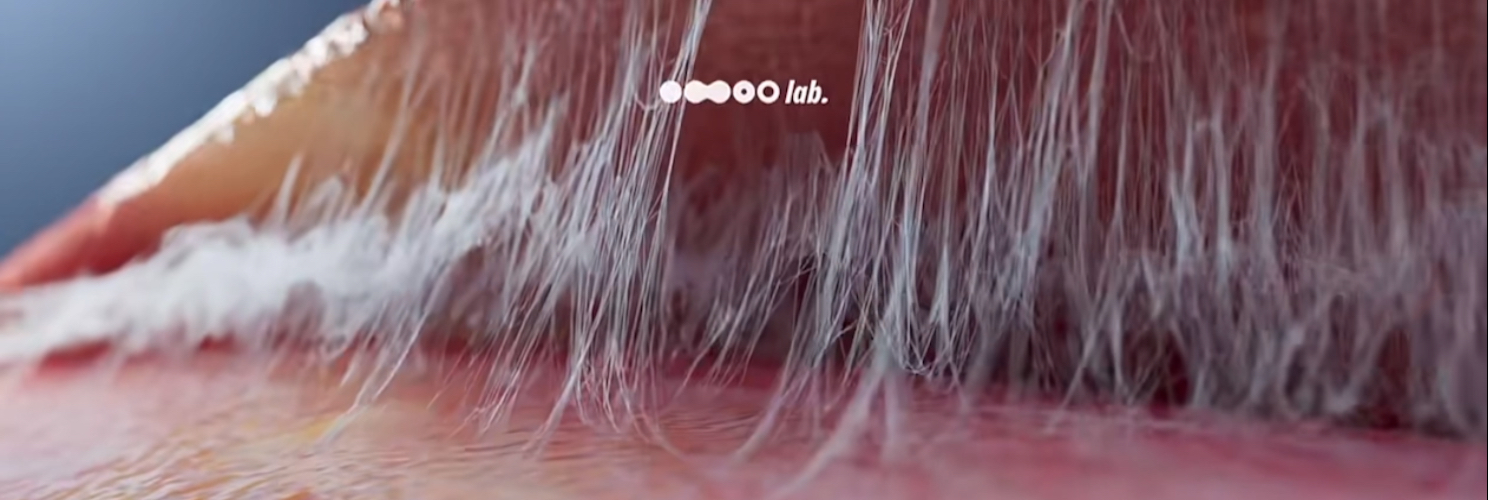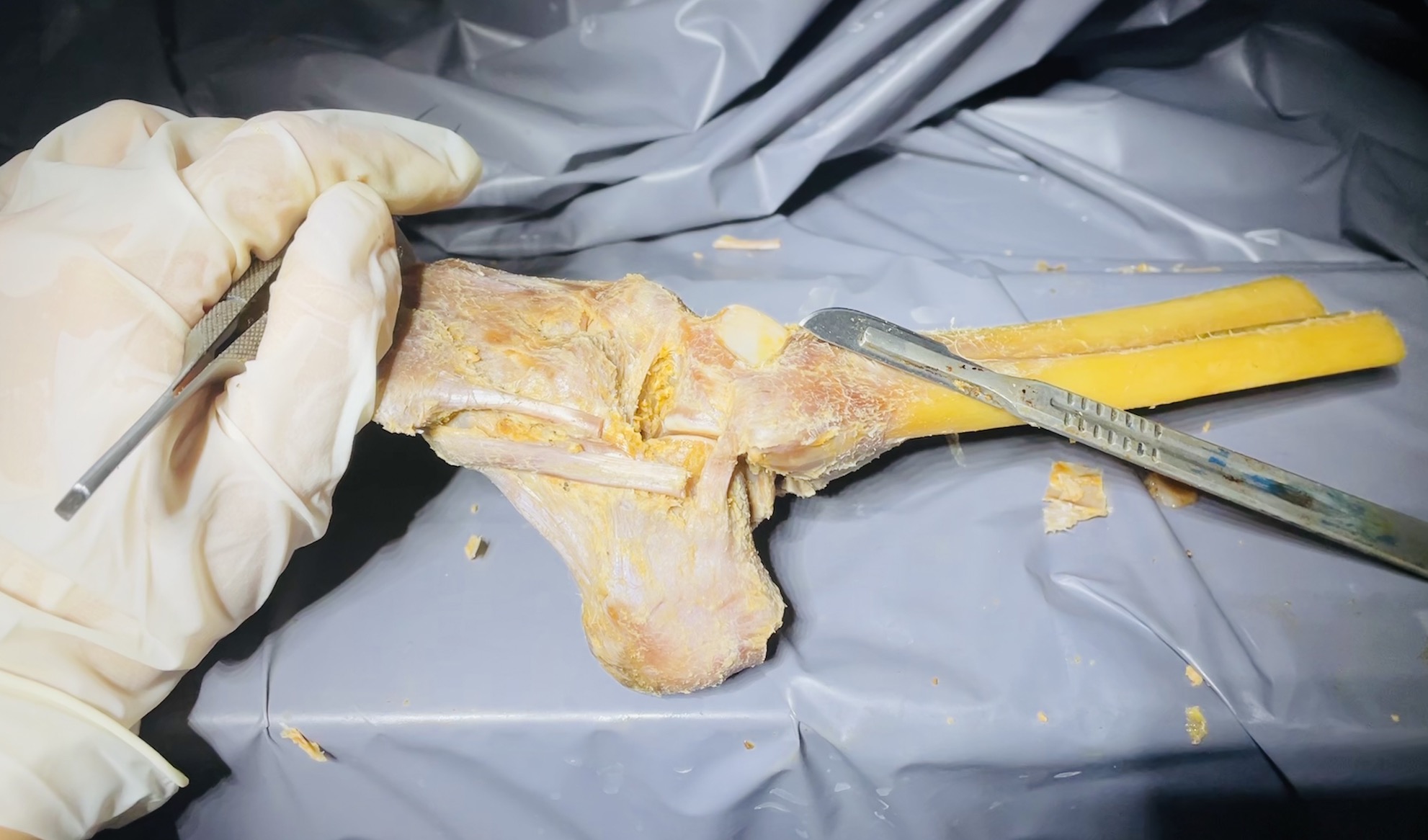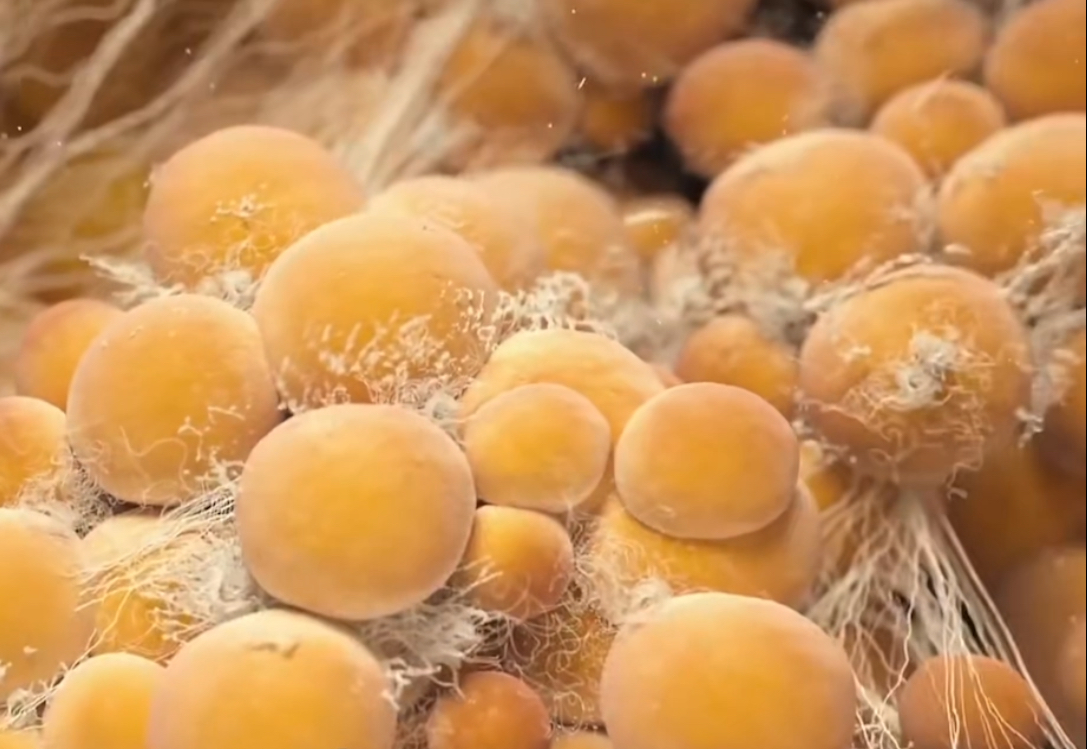Research Experience

Welcome to know my research experience!
Thank you for your interest! Here, I will introduce my research experiences.
Fascia’s Role in Biomaterial Vascularization: Insights from Acellular Matrix Studies
This project was the focus of my master’s research, and I’m excited to share that our paper is currently under review.
Repairing severe injuries and soft tissue defects is challenging, with vascularization essential for tissue engineering success. Regenerative biomaterials, especially natural ones, show promise by reducing immune response and promoting vascular integration, making them key for tissue restoration. For this work, I extracted an acellular extracellular matrix from human adipose tissue, making it an ideal model for studying biomaterial vascularization due to its natural origin and lack of host cell interference.
Initially, I observed that the vasculature in our matrix derived from a host-generated collagen membrane formed on its surface [we name it Vascular Matrix Complex (VMC)], which seemed at first consistent with the foreign-body capsule response often observed with implants. However, by employing vessel-tracing techniques, I discovered that the true vascular source was the subcutaneous fascia rather than the surrounding tissue. Using in situ matrix-tracing, cell-tracing, Sirius red staining, and collagen type analysis, I uncovered a surprising finding: the collagen matrix wasn’t a result of a foreign-body reaction but rather a migrated layer of fascia that brought with it embedded blood vessels. Through repeated experiments—including fascia removal and blocking—I confirmed that this migrating fascia was essential for the matrix’s vascularization.
The second part of this study explored the changes in vascular structures within the migrating fascia on the matrix surface. Using SEM and whole-mount staining, I observed a clear temporal pattern: blood vessels first developed on the matrix surface before penetrating into its core. Employing CurveAlign and R for fiber analysis, I found a correlation between this vascular growth pattern and the collagen architecture of the fascia, suggesting that fascia collagen might be directing vascularization.
Interestingly, the migrating fascia also exhibited spontaneous adipogenesis—a phenomenon I’m investigating further to understand whether it is induced by the adipose-derived matrix or other unknown factors. Going forward, I plan to continue exploring the role of fascia collagen in regulating blood vessel formation and its connection to this spontaneous adipogenesis.
Gross View of AAM
By Gabija
VMC Gross Anatomy
By Gabija
VMC Lectin Staining
By Gabija
Matrix NHS staining
By Gabija
Fascia-matrix tracing
By Gabija
VMC SEM
By Gabija
VMC Bodipy staining
By Gabija
AAM implant Immunofluorescence
By Gabija
Adipogenesis in AAM
By Gabija
VMC Collagen Analysis
By Gabija
PCA of VMC
By Gabija
Correlation Analysis
By Gabija
> Differentiating VMC from Foreign Body Capsule
This project builds on our "Fascia-Mediated Biomaterial Vascularization" research. Our earlier findings revealed that the collagenous membrane, the VMC, surrounding implanted matrices resembles migrated fascia rather than a typical foreign body capsule.
Here, we compared histological properties between VMC and the fibrotic capsules of silicone implants, finding significant differences in thickness, collagen content, fiber density, and cellular infiltration. We also demonstrated the potential of Sodium Succinate to reduce fibrosis, offering promising insights for preventing post-implant contractures.

Hands-On Anatomy: Building Surgical Insight and Research Foundations through Dissection
This experience was a truly formative one that ignited my passion for surgery. During my undergraduate years, I engaged in a two-year anatomy practicum at SMU, where I had the privilege of dissecting human specimens within China’s first established anatomy department. Over the two years, I meticulously dissected 18 facial muscle and vascular specimens and 45 foot ligament specimens, which were then displayed in our anatomy museum and utilized for systemic and regional anatomy courses for second-year students.
The experience also inspired my early research pursuits, leading me to initiate two projects. The first focused on the anatomy of the superior and inferior labial arteries in relation to safe injection practices in facial aesthetics. This work mapped arterial distances from key landmarks on the lips to enhance guidance on avoiding danger zones in cosmetic injections. The second project, published in the Orthopaedic Journal of Sports Medicine, analyzed the anatomical variations in the ATFL and CFL ligaments of the ankle to aid in reconstructive techniques after sprains, dissecting and measuring 66 foot ligament specimens to provide a foundation for ankle ligament reconstruction.
Gabija
in Dissection Practice
Thigh and Pelvic Vasculature
By Gabija
Hepatic, Intestinal, and Gastric Vasculature
By Gabija
Facial Musculature
By Gabija
Facial Nerve
By Gabija
Pelvic Cavity
By Gabija
Pelvic Cavity
By Gabija
Trigeminal Nerve
By Gabija
Maxillary Artery and Inferior Alveolar Nerve
By Gabija
Hand Arteries
By Gabija
Gastric Vasculature
By Gabija

BMI and Autologous Fat Graft Retention: A Clinical-Basic Integration Study
Lead researcher on a clinical and experimental study assessing correlations between BMI, Coleman fat density, stromal vascular fraction (SVF) cell count and viability, and ECM content to predict autologous fat graft retention.
Responsibilities included clinical sample collection, laboratory processing, data measurement, and establishing an animal fat graft model. Histological assessments are ongoing, and the manuscript draft is in progress.
ACF for Dark Circle Treatment: Efficacy and Safety
A clinical study assessing the effectiveness and safety of adipose collagen fragments (ACF) in treating dark circles.
Responsibilities included ACF preparation, extracellular vesicle extraction from ACF, and histological characterization of ACF properties. ↓↓↓
$Mesenchymal stem cells and their extracellular vesicles for autoimmune-related fibrotic skin diseases. ——— a review by Han Yang et al.$
Showcase

Welcome to My Showcase!
This is my life.
Lushan, Jiangxi, China
Feb 6, 2024
Lushan, Jiangxi, China
Feb 6, 2024
Lushan, Jiangxi, China
Feb 6, 2024
Lushan, Jiangxi, China
Feb 6, 2024
Lushan, Jiangxi, China
Feb 6, 2024
Lushan, Jiangxi, China
Feb 6, 2024
Lushan, Jiangxi, China
Feb 6, 2024
Lushan, Jiangxi, China
Feb 6, 2024
Dali, Yunnan, China
May 15, 2023
Dali, Yunnan, China
May 16, 2023
Dali, Yunnan, China
May 16, 2023
Dali, Yunnan, China
May 17, 2023
Shangri-la, Yunnan, China
May 18, 2023
Shangri-la, Yunnan, China
May 19, 2023
Shangri-la, Yunnan, China
May 19, 2023
Shangri-la, Yunnan, China
May 19, 2023
Shangri-la, Yunnan, China
May 21, 2023
With Lee L.Q. Pu, Editor-in-Chief of APS, Chinical Professor of Plastic Surgery
Dec 6, 2024, in Nanfang Hospital, Guangzhou